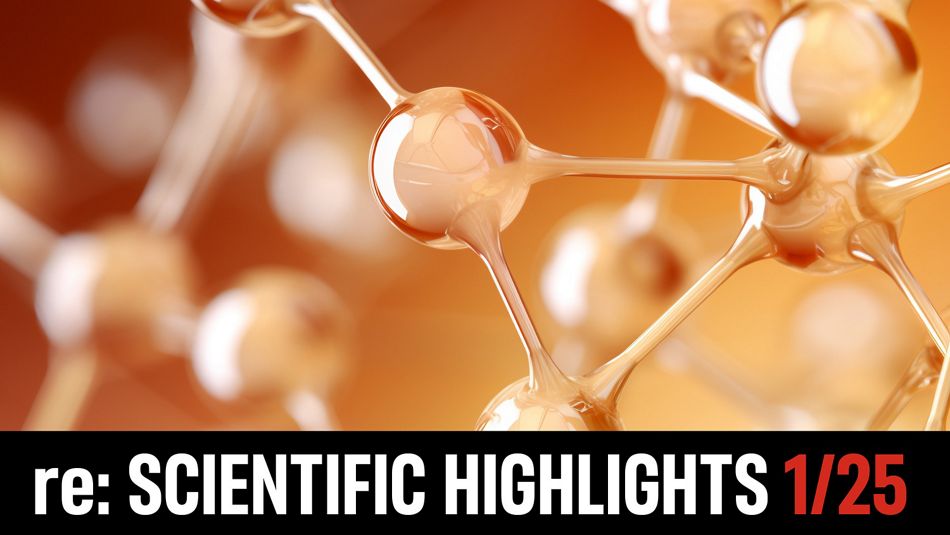STUDY OBJECTIVES AND METHODS
The purpose of this study was to compare the bacterial adhesion of S. mutans and Enterococcus faecalis on sand-blasted acid-etched and anodized titanium dental implants. Three commercially available implants, namely SLA (n = 3), SLActive (n = 3), and TiUnite (n = 3), were inoculated with the prepared broth suspension of S. mutans and E. faecalis, and were incubated at 37°C for 48 h. After incubation, the colonies were counted using direct microscopy and the results were recorded as colony forming units/mL (CFU/mL). Mean CFUs were compared between the three implants by ANOVA and pairwise comparison by Tukey's HSD post hoc test using SPSS Software. p value of < 0.05 was considered to be statistically significant.


